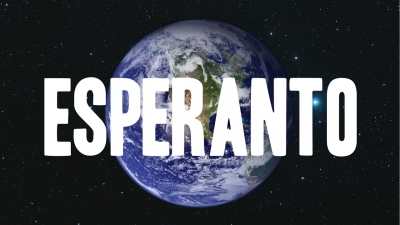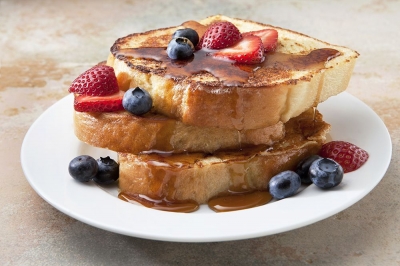
A marketing salesman was on a mission to find out if his product would sell in European countries – both east and west. As he travelled, he met with one major problem. Every country spoke a different language – German, French, Armenia, Dutch, Swedish, Spanish and a whole lot more. He solved it through a simple method. He would go into a restaurant call out, “Does anyone speak English here?” someone would, and he would get the information he needed. This went on for weeks, till he came to an eatery in a new place. He asked his question. The answer was, “Why sir, yes! This is England!” The poor salesman could have had an easier time – if only all these countries spoke the same language! And there is such a language called Esperanto. It is a world language, created to make communication among people from different countries easy. It was created some hundred years ago. According to language scholar Axel Belinfante, the fact that Esperanto has been around for so many years shows that it is a living language, capable of expressing all human thought.
A look at its history
Esperanto was created in 1887 by Dr. LL Zamenhof. He wanted it to be taught as second language so that people speaking different native languages could communicate. This arrangement would ensure that people did not forget their language or lose their cultural identity.
Zamenhof grew up in Bialystok, Poland, where different groups of people spoke different languages and followed different cultural practices. And they all lived inside Poland! Travelling and understanding one another within the same country was problematic! To solve this strange situation, he created his common language. He made it logical with a regular design so anyone could learn it.
The full name for Esperanto is Doktoro Esperanto. “Esperanto” translates to “one who hopes” [from the verb “esperi” (to hope)] and is drawn from the pseudonym LL Zamenhof, the creator of Esperanto, used when he published his first book on the language called Unua Libro in 1887. Most Esperanto root words are taken from Italian, French, German and English. A select few words come from Latin, Greek, Lithuanian Russian and Polish, as well. This connection is what makes Esperanto so useful in studying any of these European languages.
How will learning Esperanto help us?
It makes sense
Esperanto has 16 regular rules of grammar and a regular phonetic spelling. There are no exceptions to these rules. You can apply these rules constantly without hurdles. In English “do” and “go” are pronounced differently, though both have an “o” after a consonant. Esperanto is learned quickly and easily, compared to a lot of languages.
You can be a Polyglot
A polyglot is a person who speaks four or more languages. Studies have shown that students who learn Esperanto as a secondary language find it easy to learn a third language. The logic is Esperanto opens the logic (or otherwise) in all languages.
You’ll make new friends
If you know Esperanto, you get to know more people from across the world. You learn Esperanto because you want to have international friends. Esperanto magazines which columns that have many members practising the language.
You will travel widely
If you know Esperanto well, you will want to use it, right? And you can use it anywhere in the world! You can join the educated crowd in any part of the educated globe – from Alaska to Australia. Imagine staying with Esperantists overseas and getting to go round their country with them. Knowing the common world language gives you the advantage of staying anywhere, a small village in Italy to a large city in Kenya. You can connect with Esperantists of the world in a number of ways. For example, Pasporta Servo, an international network of Esperanto speakers run by the World Esperantist Youth Organization.
Picture Credit : Google






